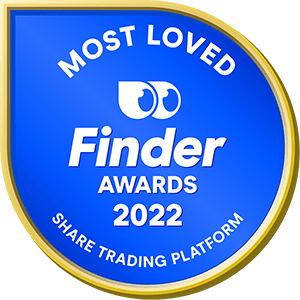With a $700 billion market in Australia and close to 600,000 funds in operation, for many, running an SMSF makes sense. However, maintaining an SMSF can be time consuming, with trustees dedicating an average of 10 hours each month to the task. Arnie Selvarajah explains how the allocation of time impacts on fund performance.
The very nature of SMSFs means no two funds are exactly alike. Asset allocation, performance and administration management are all self-directed, giving greater control over retirement outcomes.
Not only do you play a more active role in your investment choices and retirement, but you can better manage fees, run a mixture of accumulation and pension-phase accounts to accommodate your circumstances, and include up to three other people in a single fund, for taxation and pooling benefits.
However, the initial running of an SMSF can often be overwhelmed with administrative tasks, such as end-of-year tax reporting, ensuring compliance with the growing regulatory burden, and keeping tight audit records, which can take precedence over the more important aspect – performance.
Research performed by Investment Trends has found that on average, SMSF trustees spend about 7.9 hours a month – almost two hours each week – managing their fund. This is up from 6.3 hours a month in 2014.
That’s one Saturday each month dedicated solely to your SMSF.
More concerning is that trustees are spending more time on administration duties, paperwork and reporting (3.5 hours), compared to researching and picking investments (3.2 hours).
This time allocation and divide only increases with age. In retirement, SMSF trustees are spending 9.9 hours a month on their SMSF, including an exorbitant 4.7 hours of this on administration, paperwork and reporting.
Administration at the expense of performance
Time, or the lack of it, to dedicate to developing and implementing an investment strategy is one reason why the majority of SMSFs are exposed to portfolio concentration risk.
According to Investment Trends, over 55% of trustees have over half their total SMSF balance invested in one investment type, a concerning trend of over-reliance and undue risk taking.
This over-allocation to Australian shares and exchange-traded funds, and cash, combined with low interest rates and a volatile share market, are likely contributing factors to the underperformance of SMSFs compared to the large super funds – 5.10% and 5.26% a year respectively over the nine-year period to 30 June 2015, as measured by the “SuperGuide” publication.
Despite the recent overall market performance and lack of diversification, SMSFs have an annual target return of 8% – somewhat unachievable if most of a trustee’s time is lost on administrative tasks.
As a rule of thumb, SMSF trustees should spend the majority of their time researching, investing and managing overall performance. For most, this is where the value add is and the rationale for setting up an SMSF in the first place.
Putting the spreadsheet down
Initially it can be attractive to control every element of your SMSF. However, with technology at our fingertips, it does seem counterproductive that it’s the administration burdens that are continuing to hold SMSFs back.
Trustees should not underestimate the importance of a good administration solution. Technology offers the strongest potential to boost performance by introducing more accurate benchmarks, offering integrated real-time reporting, and facilitating data-swapping between all necessary parties.
Lifting the net performance of a median-sized SMSF of $630,000 even by 0.5% can provide investors with an extra $3,150 a year before compounded interest. This is more than double the cost of an average digital administration solution.
Your time is worth more, not only in the sense of hours spent, but the financial rewards, than to spend it on consolidating spreadsheets and receipts, avoiding administration penalties, and joining the dots between your accountant, online broker, financial planner, product providers, bank and insurer.
This article was first published on Self Managed Super Magazine.




